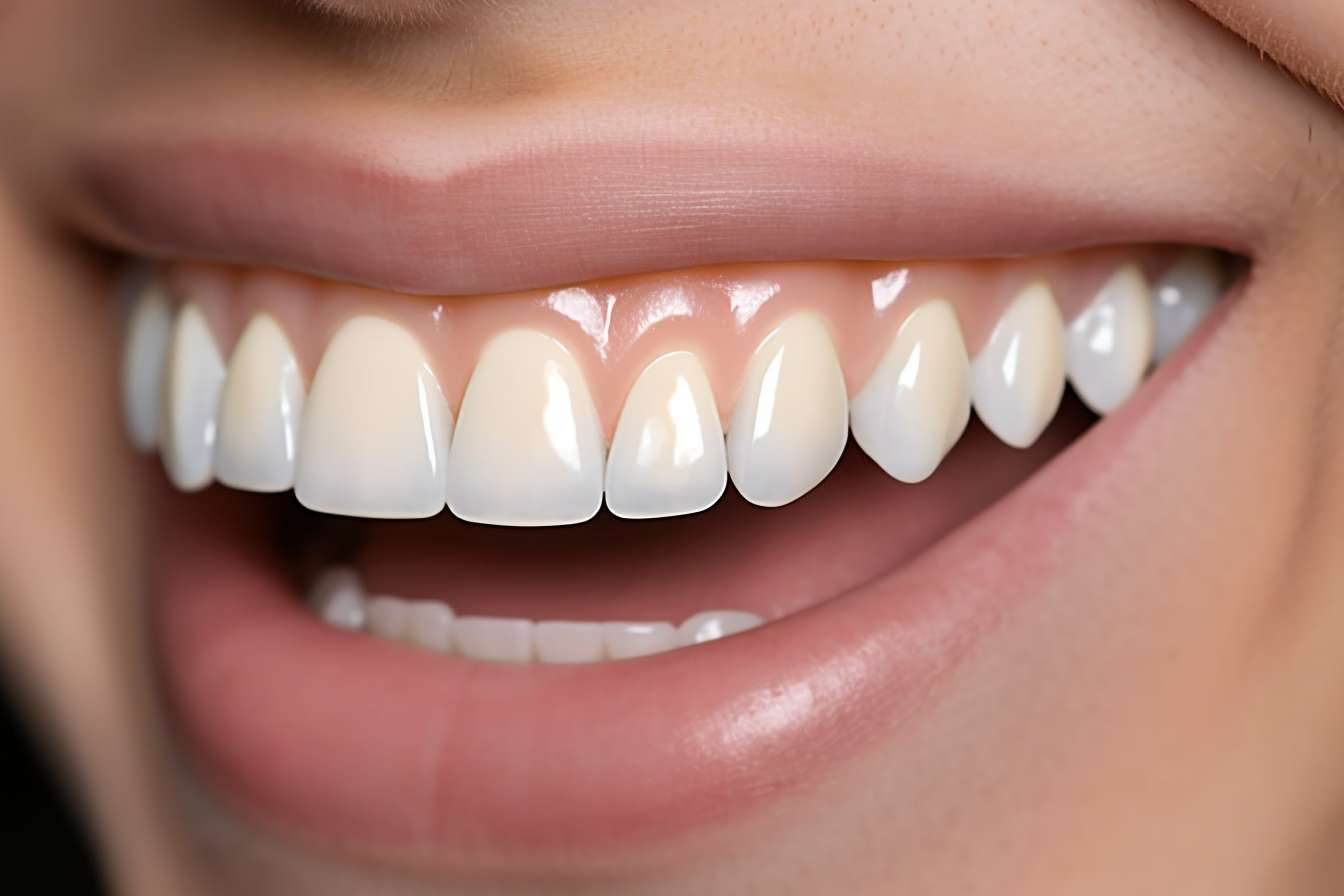A Simple Guide to Whiter Teeth With Activated Charcoal: What You Need to Know
Millions are turning to easy at-home methods to brighten their smile, but not all options are created equal. This guide takes a closer look at activated charcoal—a popular natural ingredient gaining attention for its potential to gently lift surface stains and support oral hygiene. Learn how it fits into your overall dental care routine and what experts say about its use in everyday whitening practices.

What is activated charcoal and how does it work?
Activated charcoal is a fine black powder made from coconut shells, wood, or other natural substances that have been processed at very high temperatures. This process creates a highly porous material with a large surface area, allowing it to bind to and absorb various substances. When used for teeth whitening, activated charcoal is believed to adhere to surface stains on the teeth, potentially removing them as you brush.
Is activated charcoal safe for teeth whitening?
While activated charcoal has gained popularity as a natural teeth whitening trick, its safety and effectiveness are still debated among dental professionals. Some dentists caution that the abrasive nature of charcoal could potentially damage tooth enamel if used too frequently or aggressively. It’s important to use activated charcoal products designed specifically for oral care and to follow the instructions carefully to minimize potential risks.
How do you use activated charcoal to whiten teeth at home?
To use activated charcoal for teeth whitening at home, start by wetting your toothbrush and dipping it into high-quality, food-grade activated charcoal powder. Gently brush your teeth for about two minutes, focusing on areas with visible stains. Rinse thoroughly and follow up with your regular toothpaste. Some people prefer to mix the charcoal with a small amount of water to create a paste. It’s recommended to use this method no more than once or twice a week to avoid potential enamel erosion.
Can activated charcoal whiten teeth fast?
While activated charcoal may provide some immediate visual improvement due to its ability to absorb surface stains, it’s not typically considered one of the fastest teeth whitening methods. For more significant and rapid results, professional treatments or over-the-counter whitening strips may be more effective. However, activated charcoal can be a gentle, natural option for maintaining a brighter smile when used as part of a consistent oral care routine.
What are the pros and cons of using activated charcoal for teeth whitening?
Activated charcoal has both advantages and drawbacks as a teeth whitening method. On the positive side, it’s a natural substance that may help remove surface stains without harsh chemicals. It’s also relatively inexpensive and easy to use at home. However, the long-term effects on tooth enamel are not fully understood, and results can vary significantly between individuals. Some users may experience temporary gum irritation or tooth sensitivity, and the messy black powder can be difficult to clean up.
How does activated charcoal compare to other teeth whitening methods?
When considering the best teeth whitening methods, it’s important to compare activated charcoal with other popular options. Here’s a breakdown of some common teeth whitening approaches:
| Method | Effectiveness | Cost | Ease of Use | Potential Risks |
|---|---|---|---|---|
| Activated Charcoal | Moderate | Low | Easy | Possible enamel erosion |
| Whitening Strips | High | Moderate | Easy | Tooth sensitivity |
| Professional Bleaching | Very High | High | Requires dentist visit | Temporary sensitivity |
| Whitening Toothpaste | Low to Moderate | Low | Very Easy | Minimal |
| LED Light Kits | Moderate | Moderate to High | Moderate | Potential gum irritation |
Prices, rates, or cost estimates mentioned in this article are based on the latest available information but may change over time. Independent research is advised before making financial decisions.
In conclusion, activated charcoal offers a natural alternative for those seeking to whiten their teeth at home. While it may not be the fastest or most effective method, it can be a useful addition to your oral care routine when used properly. As with any teeth whitening approach, it’s essential to consider the potential risks and benefits, and consult with a dental professional before beginning any new whitening regimen. Remember that maintaining good oral hygiene practices and regular dental check-ups are key to a healthy, bright smile.
This article is for informational purposes only and should not be considered medical advice. Please consult a qualified healthcare professional for personalized guidance and treatment.




